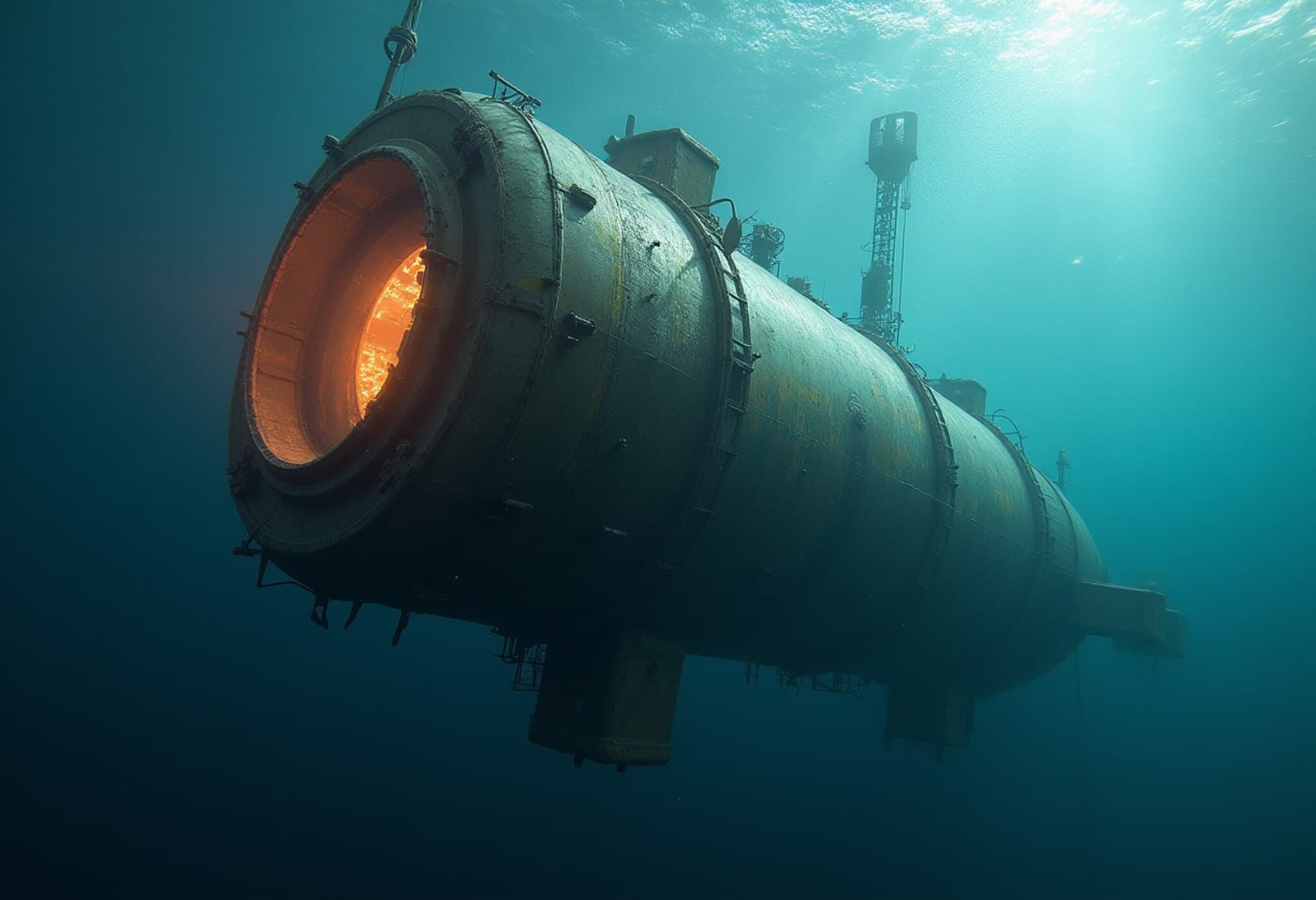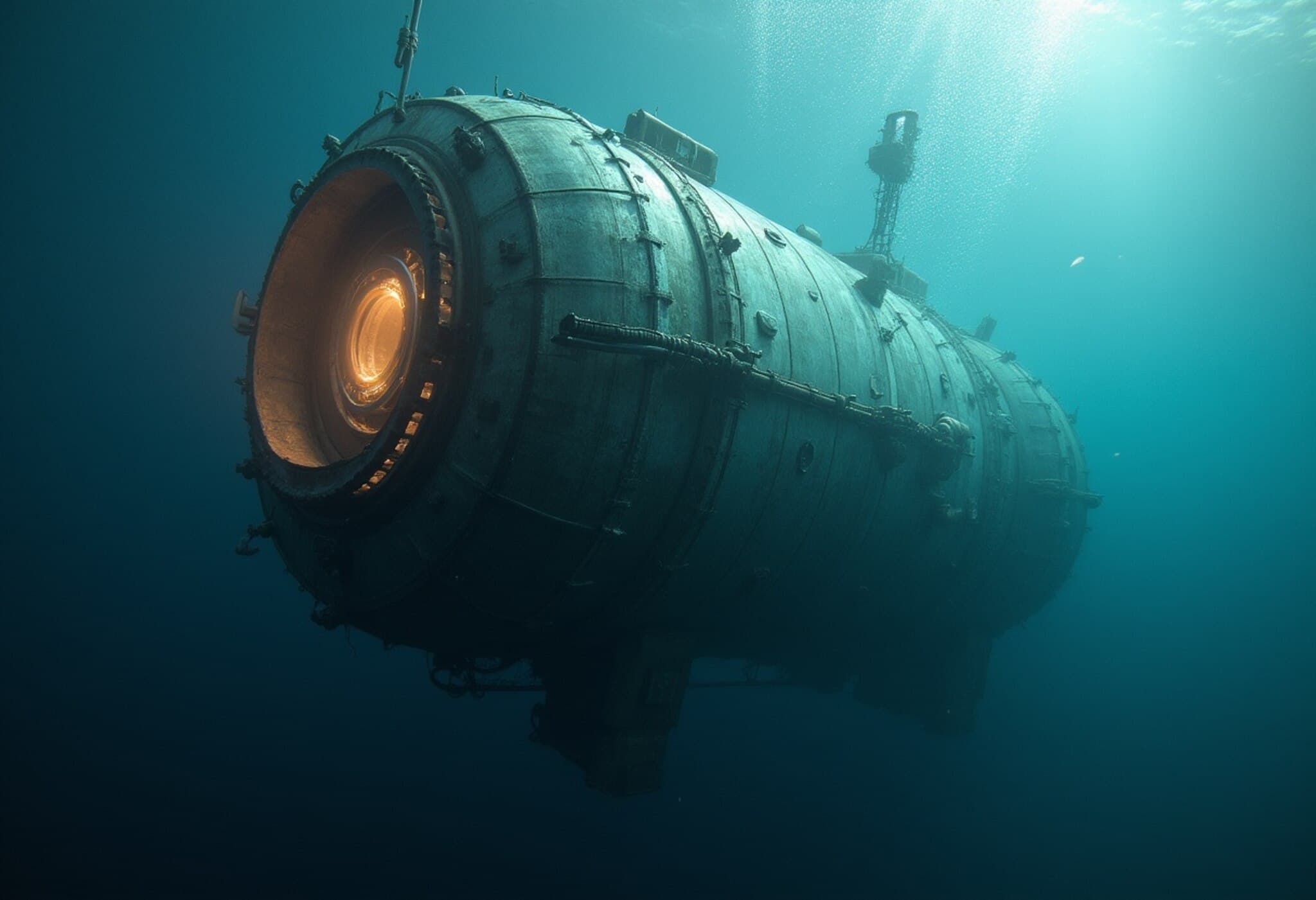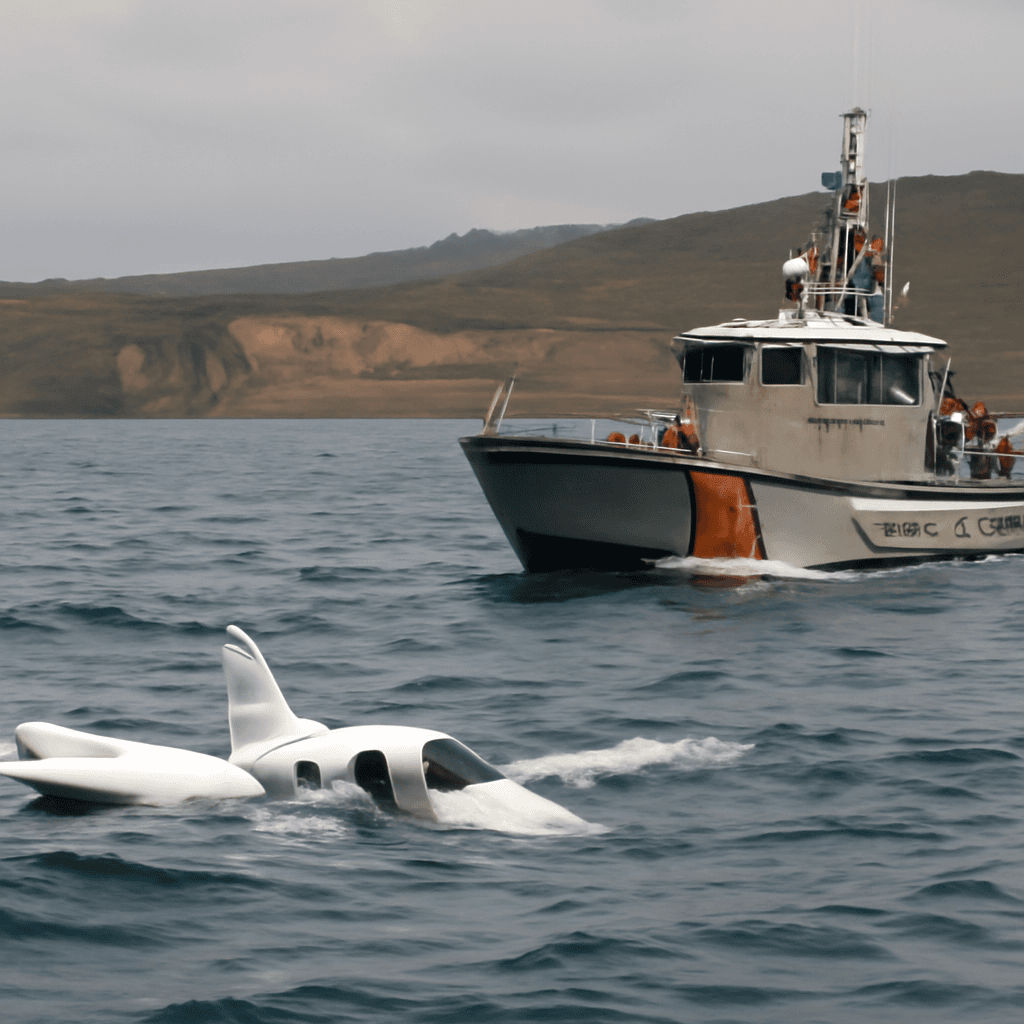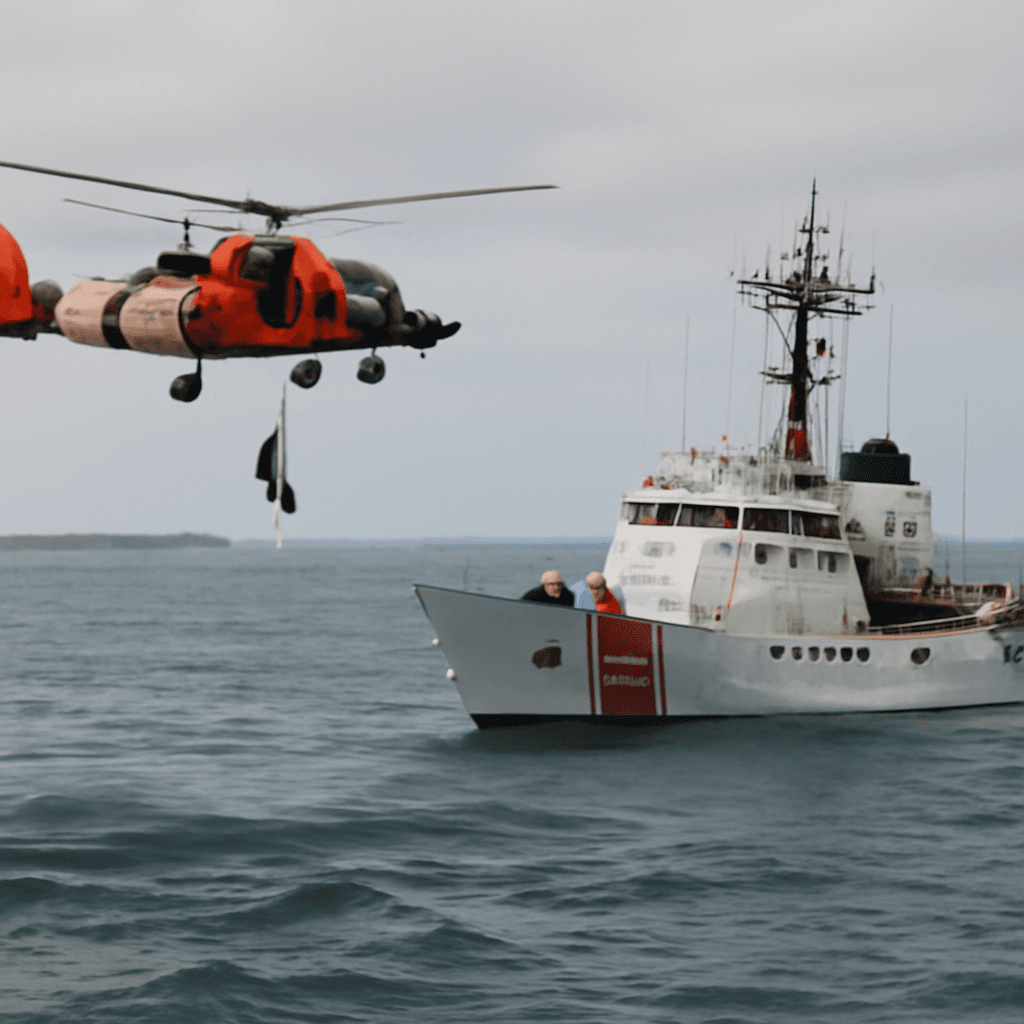Titan Submersible Tragedy: A Preventable Disaster
In a sobering revelation, the U.S. Coast Guard has declared the 2023 implosion of the Titan submersible, which tragically claimed the lives of five people including OceanGate CEO Stockton Rush, as a preventable catastrophe. The incident, occurring in the waters off Canada during a descent to the Titanic wreck, has sparked intense scrutiny about the safety and regulatory oversight of private deep-sea exploration ventures.
Key Findings from the Coast Guard Investigation
The report, emerging from the highest-level investigation into the disaster, identified several critical flaws underpinning the tragedy:
- Flawed Design and Engineering: The Titan’s construction and certification processes failed to meet rigorous safety standards expected for deep-sea vessels.
- Inadequate Maintenance and Inspection: Ongoing checks and upkeep of the submersible were insufficient, allowing dangerous conditions to persist unnoticed.
- Lack of Regulatory Compliance: OceanGate operated without adhering to established domestic and international safety frameworks governing underwater expeditions.
- Toxic Workplace Culture: The company environment reportedly discouraged transparency and may have contributed to compromised safety practices.
Insights from the Marine Board of Investigation
Jason Neubauer, chair of the Marine Board of Investigation, urged that the findings serve as a critical blueprint for reform. He emphasized the urgent need for stronger oversight and adaptive regulatory mechanisms to keep pace with the rapidly evolving frontier of private ocean exploration, especially for operators pushing technological boundaries outside current frameworks.
Wider Implications: The Rise of Private Deep-Sea Expeditions
This disaster spotlights an emerging challenge at the nexus of innovation and safety. With growing private-sector interest in deep-sea tourism and exploration, this tragedy calls for a thorough reassessment of how safety protocols, certification authorities, and regulatory agencies collaborate to protect lives.
Legal actions have already been initiated against OceanGate, reflecting widespread concerns about accountability. Additionally, former employees have come forward to reveal internal dysfunctions and safety oversights, underscoring a pattern of negligence that could have been averted.
American Legal and Policy Angle
From a U.S. policy standpoint, this incident raises pivotal questions about the adequacy of maritime regulations under the Coast Guard's jurisdiction. Presently, deep-sea submersible operations inhabit a regulatory grey zone, compounded by technological novelty and private ownership. There is increasing pressure on lawmakers and maritime authorities to develop clearer compliance standards and certification processes for submersibles, mirroring those in place for manned aircraft and commercial vessels.
Looking Forward: Lessons and Recommendations
- Implement Comprehensive Certification: Independent and rigorous testing must become mandatory before deployment.
- Enhance Regulatory Frameworks: Laws need modernization to include emerging technologies in submersibles and unmanned underwater vehicles.
- Foster a Safety-First Culture: Operators should cultivate transparent and accountable workplace environments.
- Increase International Cooperation: Since deep-sea expeditions often cross geographic boundaries, policies must harmonize globally.
Editor’s Note
The Titan submersible tragedy serves as a stark reminder of the delicate balance between pioneering exploration and human safety. As private companies venture deeper into uncharted waters, the responsibility to safeguard lives through rigorous oversight falls equally on industry players and regulatory bodies alike. How policymakers respond to this wake-up call will shape the future of deep-sea exploration and its commercial viability. This report is not merely a post-mortem but a crucial blueprint for preventing future loss of life in the pursuit of discovery.














